|
Have I spent hours in a hide by the rivers edge waiting for this image to happen? Or did I visit Amsterdam zoo while there on a short break? I was of coarse in Amsterdam zoo but by getting in tight it could be any where. I was also very lucky, I was that busy tracking the heron in flight that I did not notice the the perched heron in the background until I transferred the images to my pc. I have great respect for pro togs who spend weeks looking for "that" shot. Was I lucky that I visited a zoo that had herons (a bird I wanted to photograph) Yes, did I make the most of my opportunity? I think I did.
0 Comments
 I had a day off work and I was itching to get out with my camera, it was bitter cold and the wind seemed to go through my clothes, I considered turning back and I had only reach my front gate but it was my first dry day off in weeks that was dry so I kept going. There was also some dark grey clouds off to my right so I knew my time was short. The dark clouds limited my shots and I was looking for some inspiration so I put on a ND grad and shot some longer exposures, in this shot I used the broken slabs of concrete that are used as a breakwater as a lead in to the only bit of blue sky that was left. Exposed for the sky and pulled the detail from the slabs in camera raw in lightroom. Shot details: Camera - Sony A77II Lens - Sigma 18-125mm with 10 stop filter Exposure - 25 seconds Aperture - F9 ISO 100 One light portraiture can be easier than trying to set up multiple lights, here we have one softbox a little to right and a reflector on the left to lessen the shadow detail. The skin was softened slightly during the processing in photoshop.
I have created an online gallery for customers to purchase prints of my work. Prints can be bought HERE
Photoshop is an extremely powerful tool, allowing it's users to create images that just would not be possible to capture in camera like in the image above. But you don't need to be a photoshop genius to improve your photography, most images will benefit from a levels or curves adjustment and a little sharpening. If you shoot RAW files you have so much more control over your images and all you have to do is move a few sliders a little to the left or right. There is several photo editing programs on the market, there is even a few free programs available to download though these are more limited but you don't need to spend hundreds on Adobe Photoshop, Corel's paintshop pro is a great program.
If you own a £50 point and shoot or a £500 DSLR you take the best photo you can by getting it in focus and exposed correctly but increase the contrast of image with a curves adjustment and sharpen your image and your snapshot has just been transformed.  I love shooting sports and action and I had always managed with a standard 70-300mm lens but I always wanted a fast telephoto so I bought the Tamron 70-200mm F2.8 lens and I must say I love it. The focus is nippy (on sony cameras) and being able to shoot at F2.8 to freeze the action and blur out backgrounds makes capturing great images that bit easier.  This portrait was taken at my home using two speedlites fired with wireless triggers. The benefit of using speedlites is there lower power settings allowing me to use wide apertures like F1 . 7 or F2 .4. Many people are scared of manual settings but a little trial and error at first it soon becomes easy you could start with your flash at 1/4power, camera at F4 shutter 1/160sec you take a test shot and change your flash either up or down as required. Once you have your lighting set up try to look at some images on the pc so you can see the images on a larger screen to check light, shadows and sharpness.  A portrait of Siobhan using 3 flash guns off camera. Two speedlites were on the model with shoot through brollies and the third flash was used to light the background. By using the 2 lights on the model I was able to reduce the power on each flash gun and the third flash on full power was enough to give a nice white background. I know some branded flash units are very expensive but so long as you have some manual control cheaper branded units like Yongnuo are ideal. 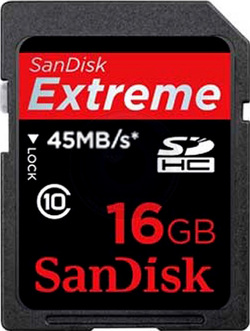 My memory card has failed, I was able to recover most of the images but not all with data recovery software. Done some research and found this is more common than I thought with 50% of photographers having suffered card failure. Some were not able to recover any of their images. I used to shoot on 8gb cards but my new camera has much bigger files so I purchased a 32gb card which had 800 images on it when it crashed. It will be replaced by two 16gb cards, I might need to swap cards over but I might only loose have of a day's shoot instead of it all. 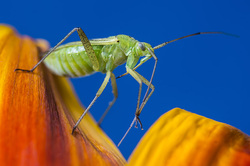 I have loved looking at macro photography taken by other people but was unsure if it was something I wanted to invest the money a good macro lens would cost. I looked at some alternatives like reversing your lens or a magnifying filter that screws on to your lens and macro tubes, the lens reversing technique seemed like too much trouble and the magnifying filter meant I would be adding poorer quality glass on the front of my lens so macro tubes seemed the best option to try. Macro tubes do not have glass, they just extend the distance of the lens to the sensor, giving you much closer focusing distances. There are issues with macro tubes as well, you need to get very close to your subject and focusing is an issue even with auto focus tubes but you have these same problems with the cheaper macro lenses. I have been enjoying my play so far with my budget macro photography and Im always looking for interesting subjects to photograph. The image of the greenfly was taken with my 18-55mm kit lens with macro t |
Welcome
Welcome to my blog. My photography is on a tight budget like so many others out there, but through this blog I hope to show that great photographs can be achieved by all. Archives
June 2016
Categories
All
|
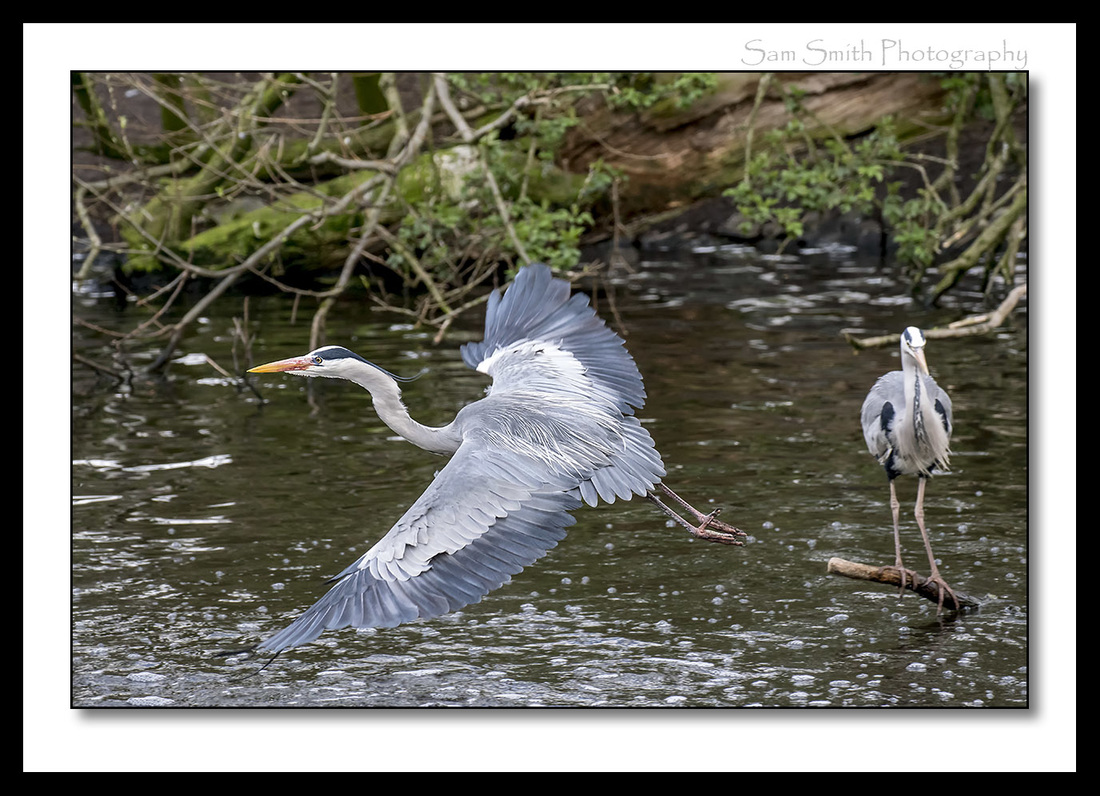

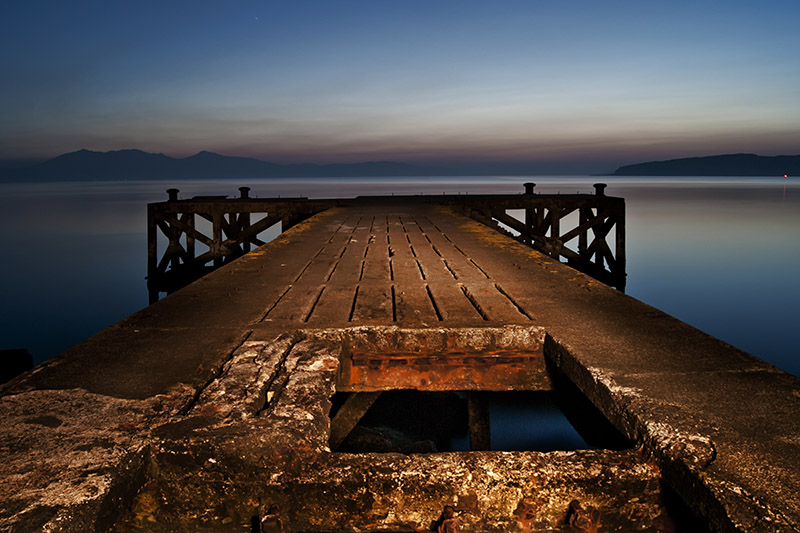
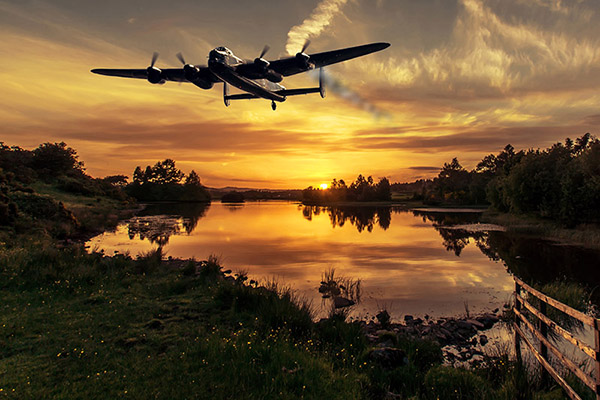
 RSS Feed
RSS Feed
